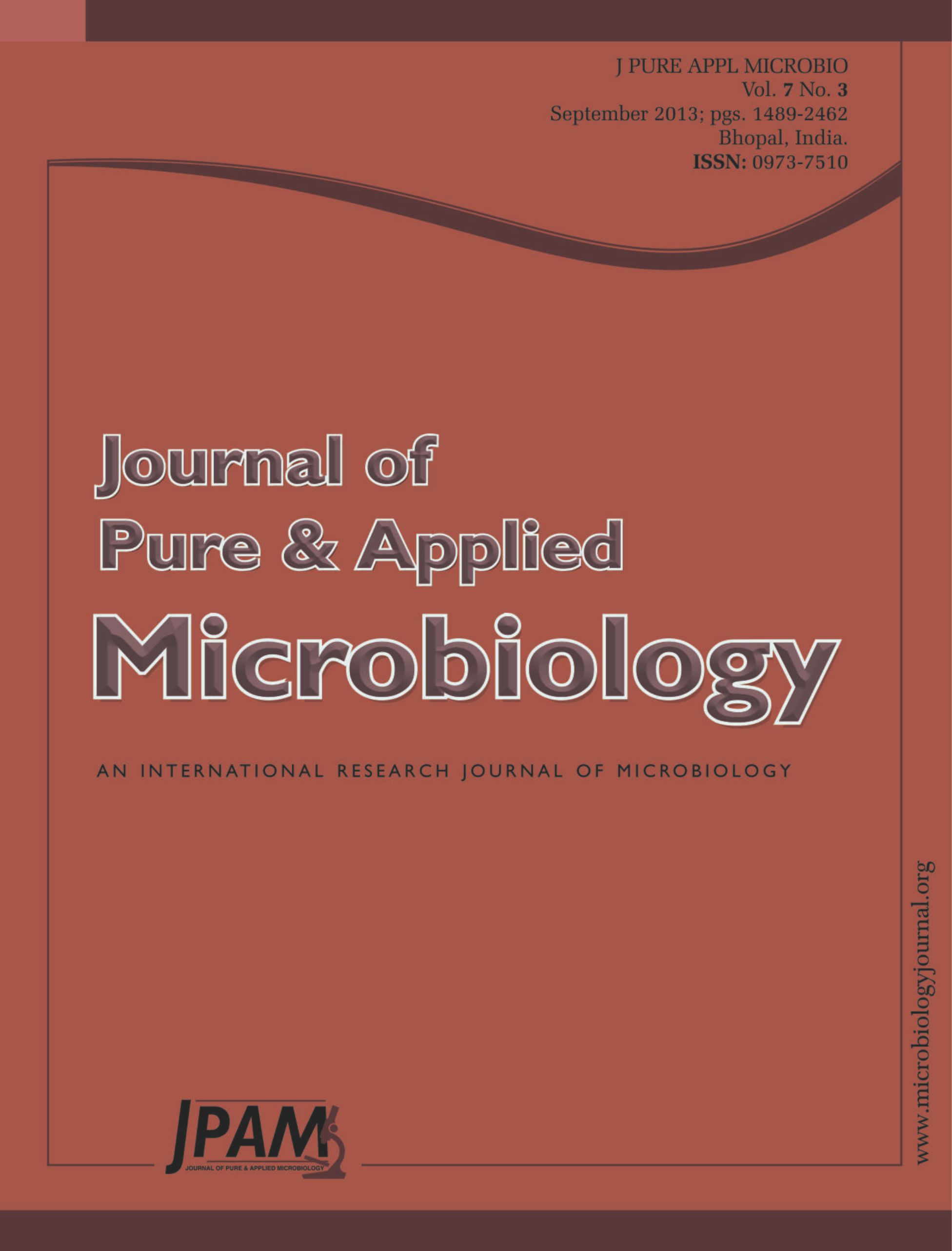The virulence of Sclerotium rolfsii and S. cepivorum, which have different origins, was evaluated on 20 different hosts. The effect of different temperatures on growth characteristics, sclerotial formation and maturation was also determined. Pathogenicity tests were carried out using a pot culture experiment under greenhouse conditions, and statistical analyses were performed using LSD to compare the means of the experimental results. Differences were found in colony growth, sclerotial formation and maturation within a range of incubation temperatures. Tested S. rolfsii isolates exhibited high degrees of virulence on all examined hosts (42-100%), which indicates the high virulence of this species regardless of the isolate origin. S. cepivorum isolate was highly pathogenic (approximate degree of virulence of 89-96%) on garlic and onion compared to the other tested hosts (approximate degree of virulence of 0-39%), which indicates that host susceptibility was dependent on the tested species. Because Sclerotium spp. can overwinter in plant debris as mycelia and/or sclerotia, which serve as primary inocula for new infections, further integrated control strategies should be undertaken to minimize stand and yield loss of these crops.
Sclerotium spp., Temperatures, Damping-off, Sugar beet, Sclerotia
© The Author(s) 2014. Open Access. This article is distributed under the terms of the Creative Commons Attribution 4.0 International License which permits unrestricted use, sharing, distribution, and reproduction in any medium, provided you give appropriate credit to the original author(s) and the source, provide a link to the Creative Commons license, and indicate if changes were made.


